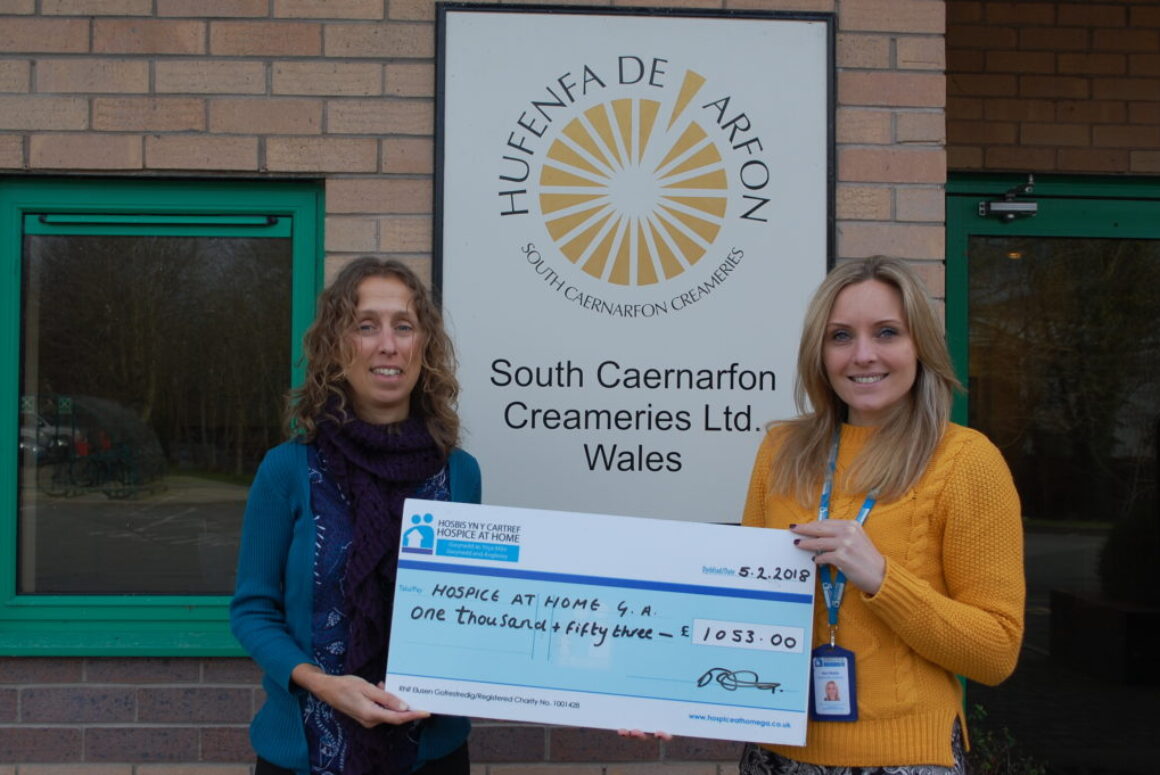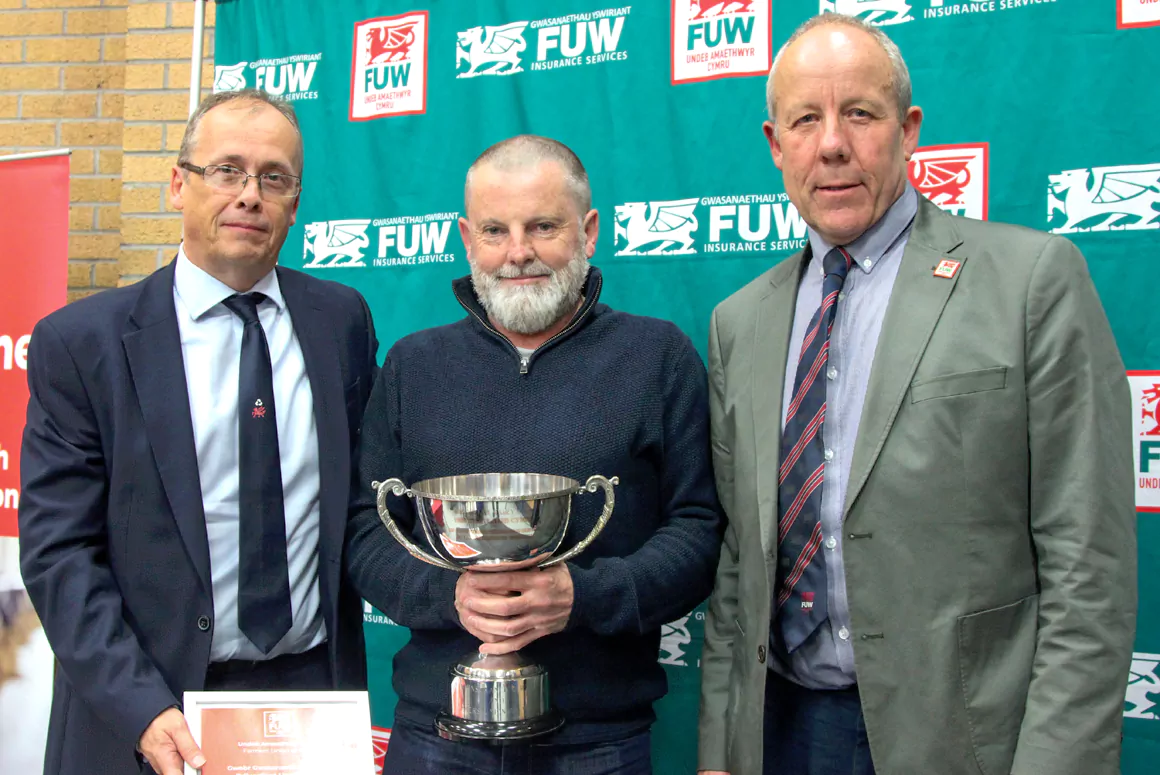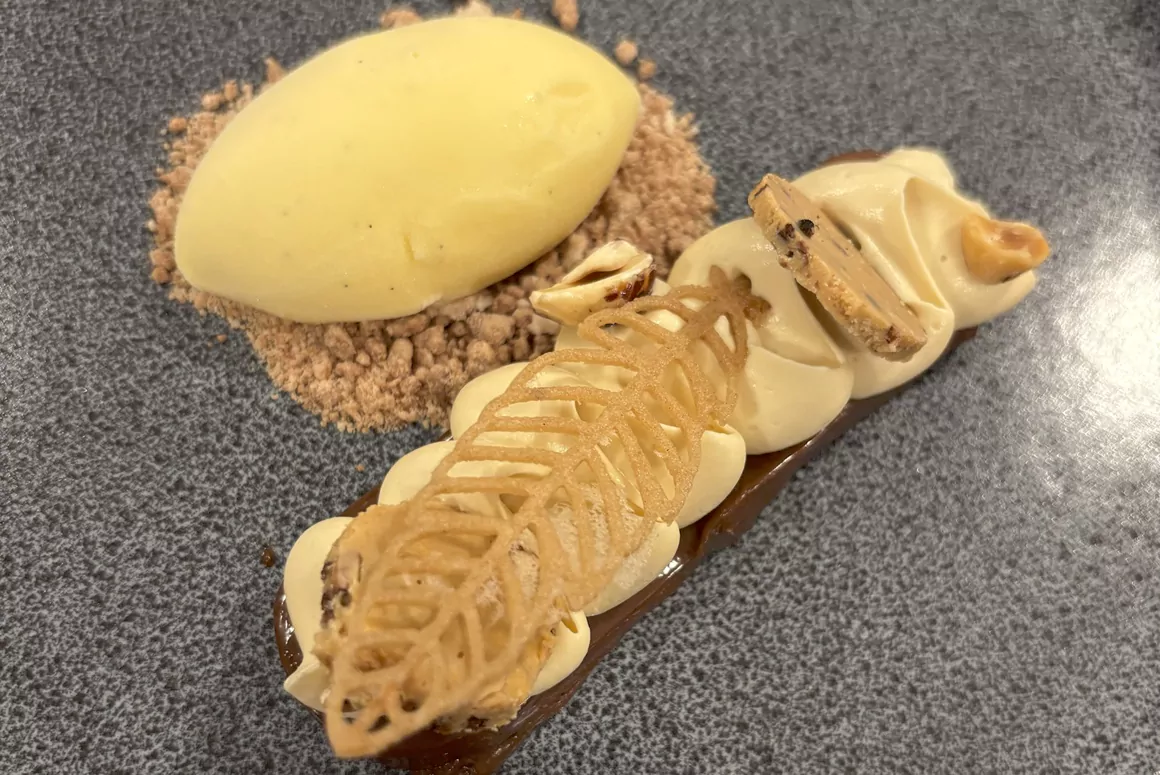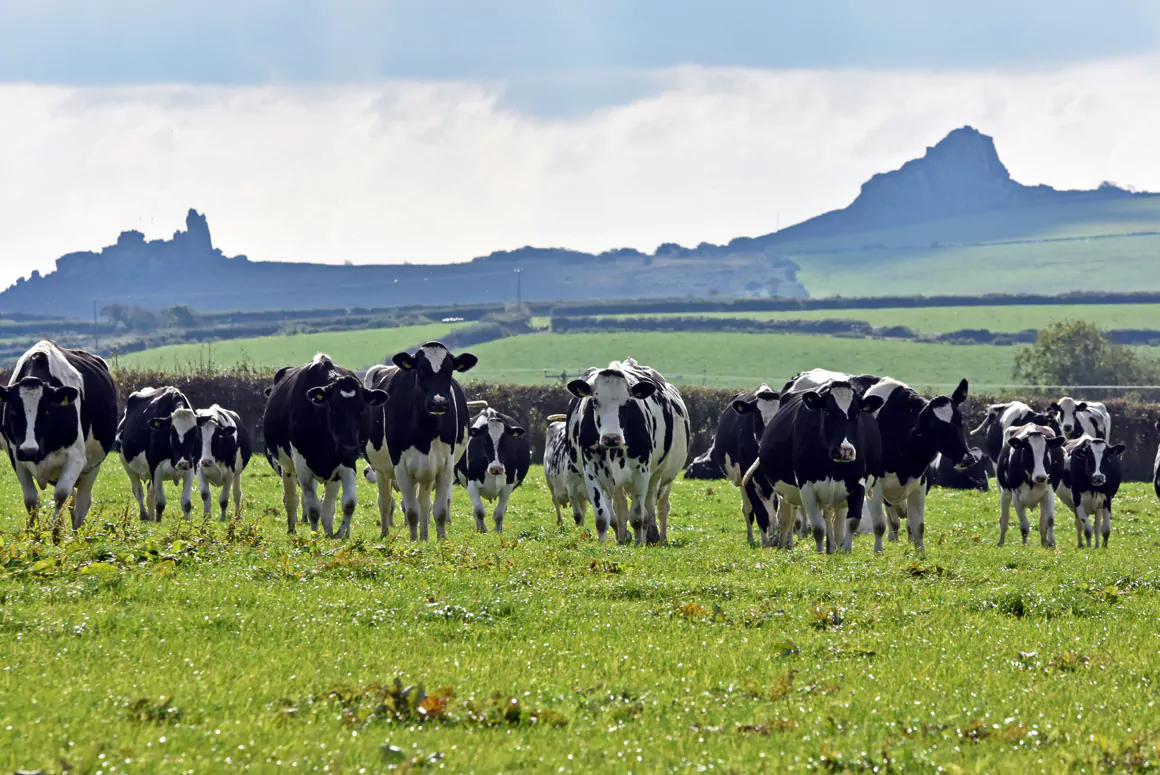South Caernarfon Creameries, the farmer co-operative based in Chwilog near Pwllheli, has raised over £1000 for local charity Hospice at Home Gwynedd & Anglesey.
“South Caernarfon Creameries is committed to raising funds for local causes. We feel it is important to raise funds each year for charities that provide vital services in a rural community like ours. Each year we hold an annual Christmas Raffle and choose a charity to support” said Haf Williams of South Caernarfon Creameries. “This year, staff selected Hospice at Home Gwynedd & Anglesey. This fantastic charity is reliant on charitable donations, so we are pleased that our contribution will help make a difference.”
“We are extremely grateful to everyone who took part in the raffle, donated a prize or made a financial contribution in particular Brooktherm, MWL, Cwrw Llyn, Storax, Milgate, CHR Hansens, Comcen, Lion Hotel Criccieth, Portmeirion, Beer Gas Cymru, Tetra Pak, ICE, ALPMA, PFM, Gap Personnel, AP Thomas Architect, Rotary Group and David Kellet & Partners.”
South Caernarfon Creameries recently presented a cheque to Keri McKie, Community Fund Raiser for Hospice at Home Gwynedd & Anglesey. She said,
“We appreciate the support of such a fantastic local business and we are incredibly grateful to you all for the work you’ve done to raise this money.”
Hufenfa de Arfon 1938
The South Caernarfon Creameries’ story begins back to 1938 when John Owen Roberts had a vision to see dairy farmers working together to enable them to market their own milk.
At that time, farmers were reluctant to commit; there had been other milk co-operatives in the area that had already failed. There was additional resistance from farmers who were selling their milk directly to local people in the towns and villages of the Peninsula; they saw the milk co-operative as a threat to their livelihoods. Membership back in 1938 was a tentative 63 producer members.
The site for the Creamery was carefully chosen. Rhydygwystl was selected due to its convenient location, being on the border between Llŷn and Eifionydd and these two areas of North West Wales were and still are renowned for their grass growing capabilities due to enjoying mild drifts from the gulf streams of the Atlantic.
There was an old woollen mill on the site (which is where the laboratory stands today ) that provided the ideal space to house the milk processing equipment as well as the very first pasteurizer in the country. Even in its infancy the Directors knew the advantages of investing in the best and most modern technology of the time; something that is still practised today.
During World War II, each day milk packed into churns was exported by rail from nearby Chwilog directly to the cities of North West England. This business provided a much needed boost to the Creamery who passed on the extra profits this generated as bonuses for their members. At the end of World War II, the government realised how close the country had been to starvation during the previous five year war time. Their response was that agricultural production was to be encouraged and supported.
After the war, farmers were encouraged to improve land, livestock and crops and this had a massive impact for a relatively young farmer owned co-operative like South Caernarfon Creameries. By 1954, membership of the Co-operative had increased to 1,200. During this time the creamery set up two sister companies: Llŷn & Eifion Retailers, which sold the milk directly through milkmen to homes and businesses in the local area, and South Caernarfon Creameries’ Eggs, which supplied laying pullets and eggs from members’ farms to be sold on by the milkmen. Milk production and quality standards improved dramatically in the latter part of the 1950’s and again South Caernarfon Creameries was leading the way by paying farmers to produce cleaner and higher quality milk.
Milk production reached a record high and it was decided in the late 1950’s that cheese would be a good option for the surplus milk. The site began production in 1959 creating the brand ‘Caws Llŷn’. This proved to be a popular brand which is still recognised locally today.
Now 7,500 tonnes of cheese is made on site each year.
Despite being well known for producing high quality cheddar, however over the past 50 years the Creamery has been producing different cheeses:
- In the early 1970’s Feta was produced and exported to Greece!
- In the late 1970’s Idwal Lloyd Jones, then General Manager took a trip to Wisconsin in the USA and returned with a new cheese recipe – Monterey Jack. This cheese has been a great success and become a key brand.
- A Lighter Cheddar was launched in 2012, 30% lower in fat than the standard Dragon mature cheese range.
- Today, the range is extensive: a choice of Cheddars, from mild and creamy to vintage that is matured on site for up to 18 months. Traditional territorial cheese such as Double Gloucester, Red Leicester and of course, Welsh Caerphilly.
For much of It’s time, South Caernarfon Creameries has produced butter “Menyn Eifion”. In 2011, the Creamery once again invested in a traditional butter churn. The £350,000 investment ensured that Welsh butter could be made authentically and provided the flexibility in recipes and with the salt content.
Awarded for agriculture
South Caernarfon Creameries has been recognised as a forward-thinking co-operative that has been loyal to its members who in turn have worked tirelessly to ensure its success.
In the early 1970’s, founder, J.O. Roberts received the MBE for his foresight and drive in setting up a successful dairy co-operative and his services to Welsh agriculture.
South Caernarfon Creameries remains on its original site near Chwilog on the border of the picturesque Llŷn Peninsula.
For more information please visit: www.sccwales.co.uk





